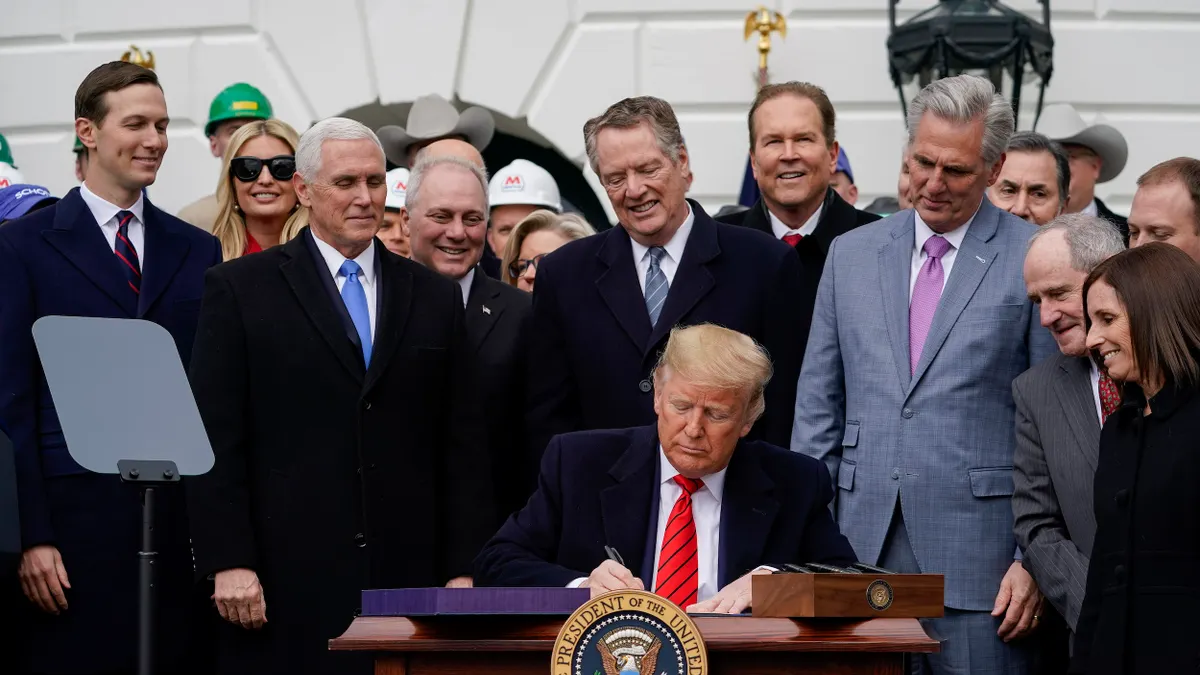We're all familiar with restrictive budgets and cost pressures.
We’ve all been victims of the low bid paradox, being forced by statute or policy to place an order with the lowest bidder, knowing that in the long run, the contract price paid in no way reflects the long-term costs.
These antiquated measures push value to the back seat in many companies where procurement is too focused on short-term prices. Standard cost tracking, comparisons to last price paid, and the perception that low price equates to low cost marginalize the procurement process and hurt their companies in the long run.
The lack of understanding, and support of simple economic and financial modeling, forces total cost of ownership to be used sparingly, if at all.
Procurement cannot fully adopt a total cost of ownership strategy until the department's performance is judged on value and not just on price. And value should be the measure of a procurement department.
Total cost of ownership is the life cycle-based assessment and forecast of all costs, direct and indirect, involved with the purchase of an item or service.
It is easy to demonstrate the TCO model with a new car purchase. In addition to the pricetag for the vehicle, add in the transactional costs of accumulated interest on the car loan, state and local sales taxes, licensing and registration, and manufacturer service contracts. And you’ve yet to drive the car off of the dealer’s lot!
Antiquated measures push value to the back seat in many companies where procurement is too focused on short-term prices.

Forecasted and actual operating expenses during car ownership are also part of the TCO model. Annual automobile insurance, fuel, preventive maintenance and repairs, aftermarket modifications, and depreciation contribute to the overall life cycle cost of the car.
The price you paid for that shiny new bucket of bolts may be close to doubling in the next five years or so. Did you get long-term value for your purchase, or were you fooled by the low sticker price? Time will tell.
Value is the difference between price and cost. Here are three suggestions on how to include total cost of ownership methods into strategic value-based procurement.
Stress value in your procurement strategy
Warren Buffett says, "price is what you pay…value is what you get." While procurement professionals are tasked with spending the company’s money legally, ethically and wisely, it doesn’t mean they are always obligated to purchase the item or service with the absolute lowest price.
Strong supplier relationships, high quality and on-time delivery, flexibility and innovation, and value-added services such as managed inventory all fall within the TCO model, one that should be used to justify sourcing and spend decisions.
Working with requisitioners on indirect spend projects offers a great way to include the value approach. Capital equipment, functional outsourcing, and other large and complex projects lend themselves to a total-cost-of-ownership analysis.
Stress the value approach in statements of work and requests for quotation to acknowledge life cycle costs. This includes situations such as government procurement where the buyer may be required to take the lowest bid on a project.
Enlist the help of your suppliers who understand their own value propositions
Many suppliers will focus on selling the long-term value of their products and services, with less immediate focus on price, due to competition and margin pressures. Suppliers will often address life cycle cost issues in their proposals and quotations.
Suppliers who understand their own value propositions can educate buyers and help them make the TCO business case for a particular purchase. Value-based sales, partnered with value-based procurement, is a good relationship builder.
Team with finance on cost modeling
Validate TCO models internally with finance and accounting. Staff cost accountants are a great resource for buyers to review cost elements, given that some of the internal data used for analysis may be confidential or unavailable to the buyer.
There is sometimes functional friction between finance and procurement over how the company’s money is spent. Bring them to the table to help in the cost analysis. Developing trust between the functions sets the foundation for long-term collaboration.
Value-based sales, partnered with value-based procurement, is a good relationship builder.

A strong relationship between these two functions removes the "scorekeeper" reputation from finance and creates trust in the procurement process. Finance might even be influential in changing the measure of procurement performance to one that incorporates forward-looking value rather than tracking historical data.
Finally, be realistic. Not every purchase needs to have a TCO model developed. Sometimes the lowest-priced part or service fits the bill perfectly. Part of our professional value proposition is knowing where to focus, and how to add our own value along the way.
This story was first published in our weekly newsletter, Supply Chain Dive: Procurement. Sign up here.





















